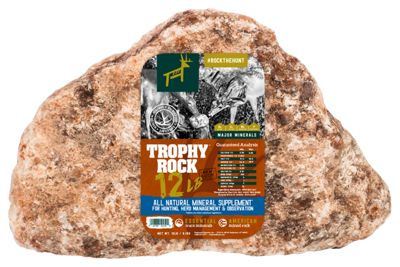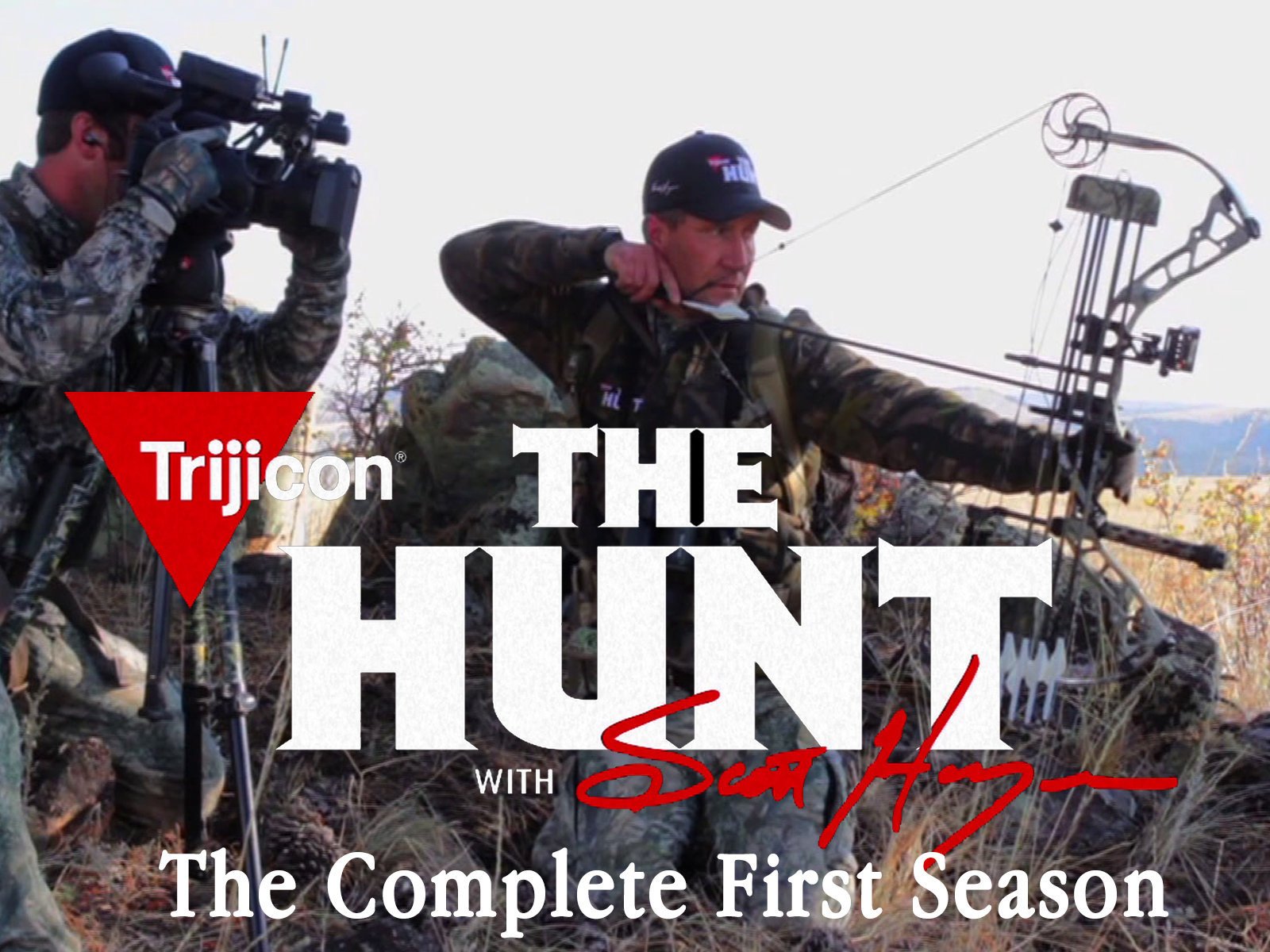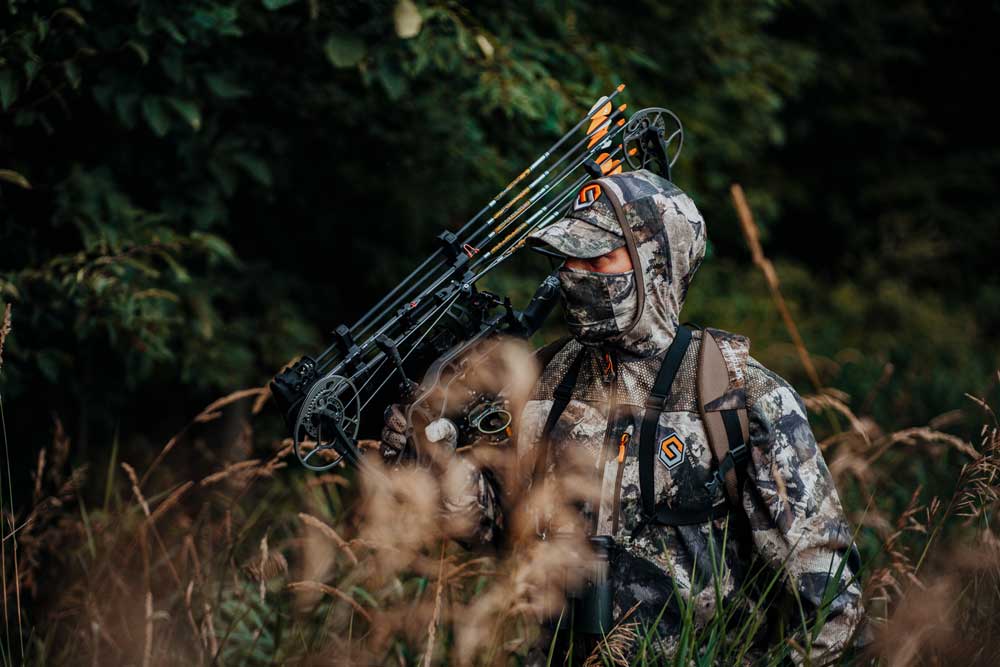
There are many benefits to bow hunting in the rain. Rain decreases movement of big game animals. Rain also hides your scent which makes it less likely that you will be detected. Continue reading for some tips for bow hunting in the rain. You might be amazed at the positive results of this type hunting. The following article will discuss the advantages of bow hunting in the rain and the preparation you should make. After reading this article, you should be more confident when bow hunting in the rain.
There is less movement for big game animals
Bowhunting while it rains has its pros and cons. For one thing, rain is harder on sounds. Because big game animals have the most powerful senses of hearing, they feel less afraid. They are also more confident in the rain, and can move faster, making rain an excellent hunting opportunity. But bow hunting in the rain requires you to be mindful of certain things. Learn how to use rain to your advantage.

Your scent should be hidden
To hunt deer in the rain, it is crucial to cover your scent. Rain can wash away scent molecules so that deer are less likely to notice you. You should keep between 30 and 50 feet from your target when hunting in the rain. While you might be able to hunt farther, it's still beneficial to be aware and alert to the direction of the wind.
Benefits of bow hunting in the rain
There are many factors that affect bow hunting in the storm. A heavy downpour can quickly make blood and smell disappear, but a gentle drizzle can keep them visible for much longer. Depending on where your hunt is, it might be difficult to hunt efficiently in the rain. Open terrain however, can be much more accommodating. One of my recent experiences was bowkilling large whitetail bucks in the rain. The buck ran into some weedy pastures, but he managed to stay within his bow range.
Preparation for bowhunting in the rain
Bow hunting in the rain requires extra preparation. If you are shooting from a treestand, the water may cause your arrows' flight to be different from when they are dry. Practice shooting in the rain and learn to adjust your form accordingly. You should also inspect your string for cracks or frets when bow hunting in rain. Cracks in the string can pose safety hazards as broken strings can cause injury to your fingers or lead to your shot becoming unbalanced. Therefore, it's important to repair a broken bowstring as soon as you get home from bow hunting in the rain.
Avoid rain-soaked feathers
Here are some things you need to know if you plan on bow hunting in heavy rain. You may have difficulty hitting your targets if your arrows are saturated with water. Rain can also make your sight blurred, making it harder to see your target. It is possible to shoot at a bird with a short range, which may make it difficult for sighted hunters to see.

Proper clothing for bow hunting under the rain
Bow hunting in the rain requires certain clothing modifications. Due to the possibility of wind and rain, synthetic garments should have internal membranes. These materials are water- and wind-resistant, so you can draw your bow undetected. You can also use fleece clothing as a substitute for an ear-flap helmet. You should also bring a raincoat. To ensure the waterproofing of your garments, you can test them before the hunting expedition.
FAQ
Can I bring my dog?
In most states, dogs cannot be hunted together. Some states allow this practice, however. To find out if it is permitted in your state, check with the department of natural resources.
Some hunters bring their pets with them. Some people believe that having their pet with them helps them relax while hunting. Others say that having a companion makes them less likely to get lost.
However, it is possible to have problems with bringing your pet. Dogs can chase after animals and may even attack the hunter. Wild animals can also attack pets.
Why does the U.S. Department of Agriculture (USDA) estimate that only about 1 percent of hunters kill a deer every year?
The USDA estimates that approximately 6.5 million Americans hunt buck. Of these, only about 2.2 million actually shoot one.
This means that only about 0.6 percent of all hunters kill a deer each year.
What gun works best for hunting?
A.22 caliber rifle makes the most effective hunting weapon. This rifle is lightweight and portable. It is also able to shoot accurately from long distances.
The best time to use this type of firearm is when you are not expecting an attack from a predator.
You don’t want to waste ammunition shooting at trees, because it would do little harm. Clear sight is essential for your prey.
A.30 caliber rifle can be used if you plan to hunt larger game such as deer and elk. It's heavier than the.22 caliber rifle.
For accuracy with a 30-caliber rifle, you will need more practice.
Where can I buy a gun? What gun do I need?
Hunting certain species requires a gun.
Most states require hunters possess a firearm. The type you choose depends on the game you are hunting and the state where you live.
Any sporting goods store can sell you a rifle and shotgun, handgun, pistol, muzzleloader, crossbow or archery weapon.
You should ensure that you select a weapon that suits your needs. If you plan to hunt small game, such as squirrels or rabbits, you might consider buying a pistol of.22 caliber.
If you plan to hunt large games like deer, elk, and bears, you might want to look into purchasing a larger caliber weapon.
Do not buy a weapon unless you feel comfortable handling it. A gun can be a dangerous weapon. You should never load a gun until you are ready for it to fire.
When buying a gun, make sure it has been inspected by a qualified gunsmith. Ask the seller to demonstrate how to unload and load the weapon.
Be sure to verify the manufacturer's warranty. Ask the dealer for a warranty if there is none.
Ask the dealer to give you a copy of their safety instructions. These documents should include information about safe storage and maintenance.
The serial number should be checked. If the serial number begins with "NIB", or "New In Box", then the gun is brand new.
If the serial number begins by an odd number, it means that the gun has previously been owned.
If you aren't sure whether the gun was ever used, please contact the manufacturer. You should get more details from the manufacturer.
What is the cost of hunting?
The price of a hunting trip varies depending on where you live, the type of wildlife you plan to target, and the size of the animal you intend to kill.
A two-person hunting party costs between $500 and $1,000 on average. This includes lodging and food as well equipment, permits, fuel, and licenses.
Some areas charge higher prices than others. If you plan to hunt during peak seasons, such as fall turkey season, expect to pay even more.
Statistics
- - Percent of residents with paid hunting licenses: 0.7%- (stacker.com)
- Thanks to the 1937 Pittman-Robertson Act, an 11% excise tax was placed on the sale of firearms, which were then used for conservation. (stacker.com)
- Licenses dropped from a peak of roughly 17 million in the 1980s to 15 million in 2019, according to The Seattle Times. (stacker.com)
- - Percent of residents with paid hunting licenses: 0.7%- (stacker.com)
External Links
How To
How to hunt wild Hogs
Wild hogs are large animals found in North America, Africa, Asia, and Europe. Wild hogs are omnivores; they eat vegetation and small animals such as rabbits, mice, birds, insects, and fish. They usually feed at night. The gestation period is approximately six months. One piglet then emerges. A sow has one child every two years. Wild hogs can be solitary, but they may live in herds.
Wild boars are 200 pounds (90 kilograms) in weight. Their head length averages from 10 to 12 inches (25-30 cm), while their body length ranges from 20 to 30 inches (50-75 cm). Wild pigs are long-legged, have broad shoulders and short tails. A thick layer of fat is found under their skin.
They are very sensitive to smell, hearing, sight, and touch. These senses allow them to spot danger and locate food. They can run upto 35 miles an hour (56 km/h), and can jump up to 15 feet (4m) in a single bound. They are very sharp with their teeth and claws. They are aggressive when defending themselves against predators.
Hunting wild Hogs can be difficult as they are agile, intelligent, and elusive. Hunting wild hogs is a dangerous business. If hunters shoot too early, the animal may escape. If hunters shoot too late, the animal may die before it reaches cover.
Wild hogs can be killed using many hunting methods. Shooting is the most popular method. This requires hunters to track down the animal and then wait until it comes into range. Another method is trapping. Trapping involves setting traps near water sources where the hogs drink. Traps often include a scent lure like corn meal mixed with peanut butter. The hunter then shoots the trapped pork after the trap has been sprung.
Snaring is another option. To catch the pig, snaring uses a rope-covered noose. The best time to catch a pig is during mating season.
Other methods include netting, spearing, and poisoning. Netting and spearing involve placing a net or spear through the pig's neck to stop its breathing. Poisoning involves injecting poison into the pig's body.
Hunters who wish to hunt wild hogs need to be prepared for the cold weather. To keep warm, some hunters use snowshoes. Some hunters carry dogs to help them track the animals.